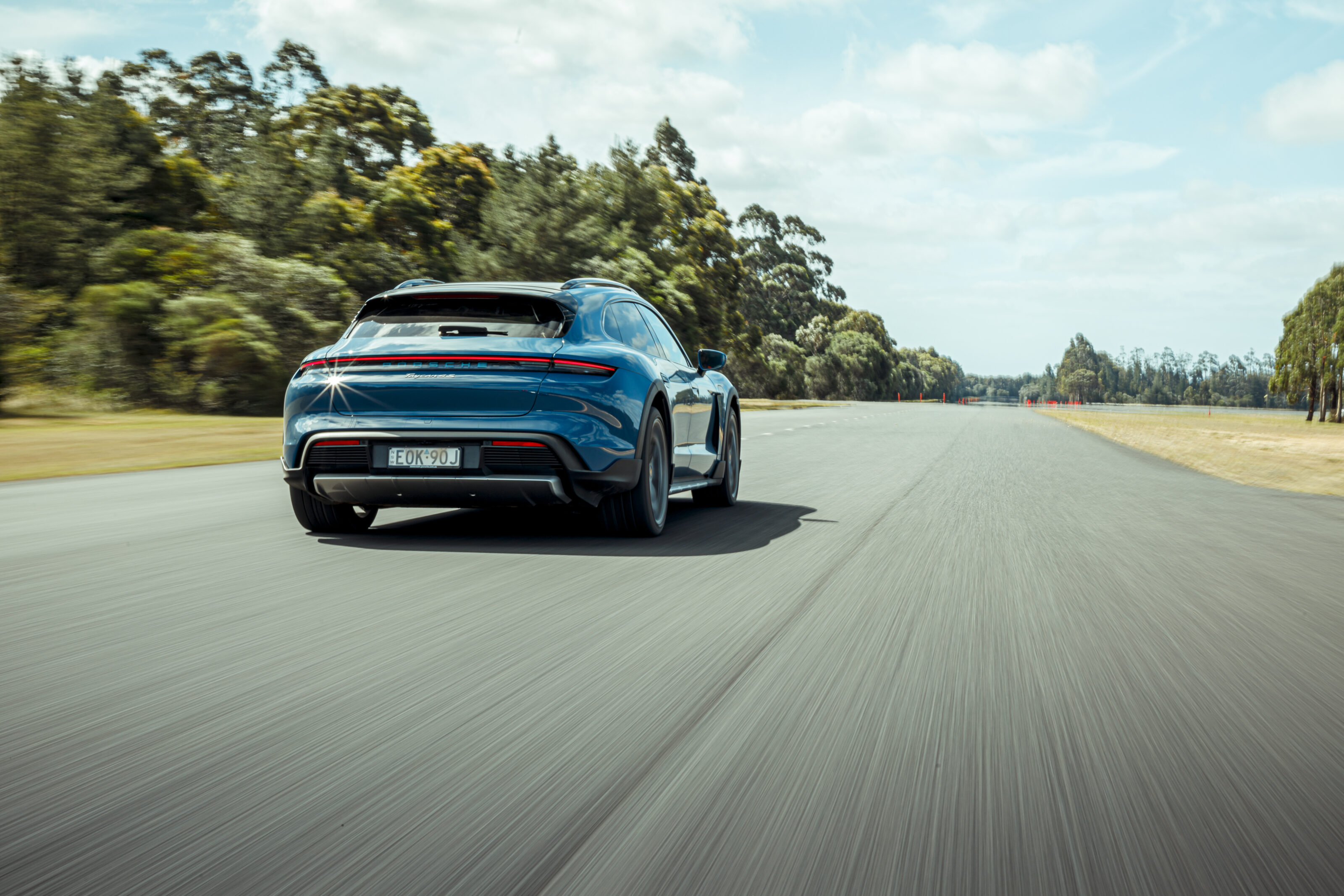
Snapshot
- Porsche argues coasting and regen via brake pedal is more efficient
- One-pedal driving has two-fold energy losses
- Regen braking allows EVs to recover some energy back into the battery
A Porsche senior engineer has argued electric cars are less efficient when using one-pedal driving systems, instead of coasting and regenerative braking via pressing the brake pedal.
“This is a more efficient way of driving, because it keeps the kinetic energy in the vehicle,” Porsche Engineering senior manager of chassis testing, Martin Reichenecker, said.
The luxury performance German carmaker said one-pedal driving is subject to two-fold energy losses – recuperating energy in deceleration and converting the recovered energy back for acceleration.

One-pedal driving allows EV drivers to, as the name suggests, only touch the accelerator pedal as intense regenerative braking can slow the car down to a complete stop without touching the brakes. It’s found in electric cars from brands such as Tesla, Polestar and Nissan.
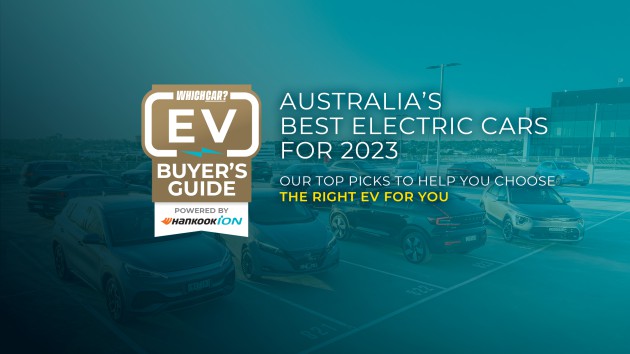
Australia’s best electric cars for 2023
We’ve tested nearly every EV below six figures in Australia to rank the best on sale today
In contrast, Porsche adopts a coasting and regen-on-demand approach, where the former is a “more natural process” for the vehicle to roll without power and recuperation only activates when the brake pedal is pressed. It sells the popular Taycan sports sedan and wagon as its only EV model.
Despite this, the company still said the Taycan benefits from reduced brake wear as it uses regen 90 per cent of the time when braking to also comply with impending Euro 7 emission limits.
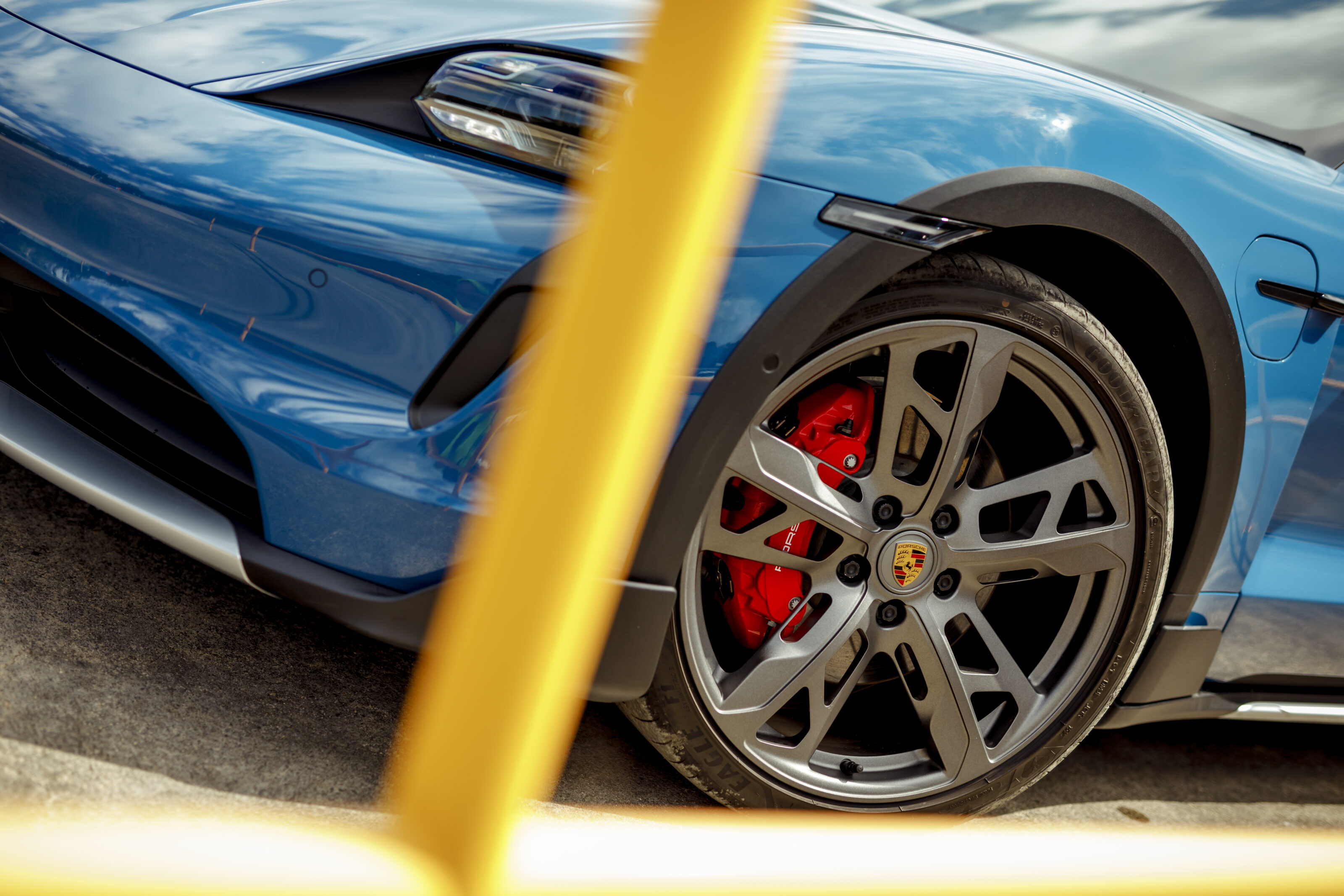
Porsche isn’t alone, though. Its Volkswagen, Cupra and Audi counterparts, BYD and MG all don’t offer one-pedal regen systems in their EV models, but do have weaker regen even on the highest intensity setting.
Some carmakers also provide an automatic regenerative braking function, which adjusts the regen intensity depending on whether a vehicle is in front and based on navigation data to anticipate corners and intersections.
We recommend
-
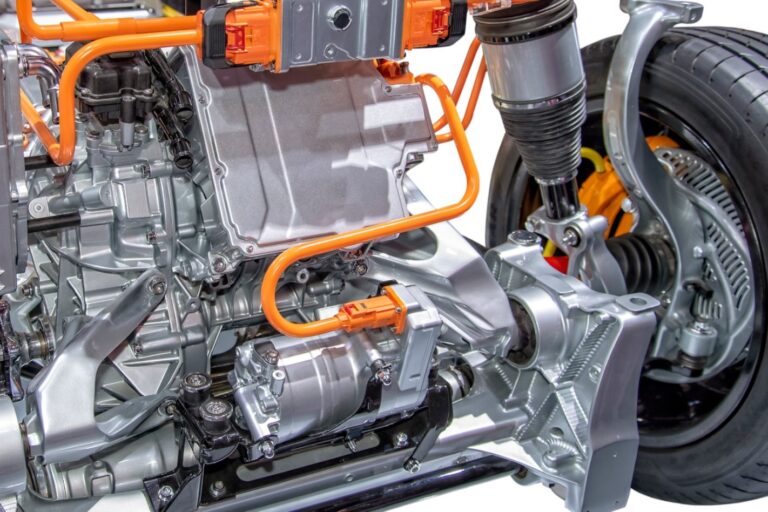 Advice
AdviceRegenerative braking explained
Here’s how regenerative braking saves fuel and battery power, and why hot brakes are nuclear powered
-
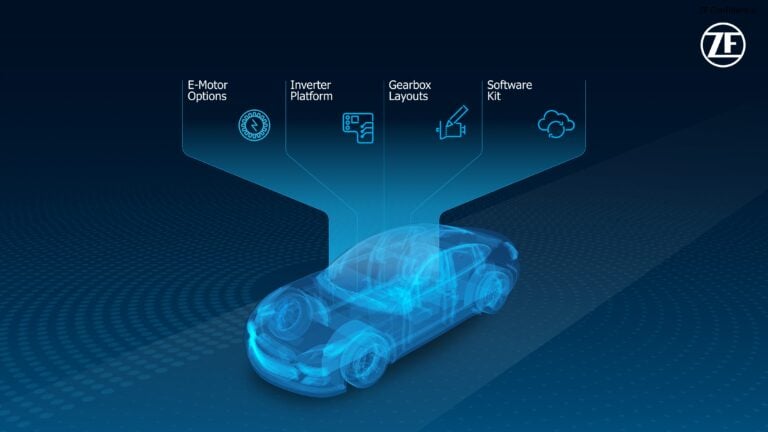 News
NewsZF readies multi-speed electric vehicle drive units to improve efficiency, reduce weight
German parts supplier ZF has unveiled its second-generation 'e-drive' for electric vehicles, with expected availability in 2025
-
 Advice
AdviceWhich are the longest-range electric cars in Australia?
These are the longest driving range EVs on sale in Australia today, plus everything you need to know about range claims




